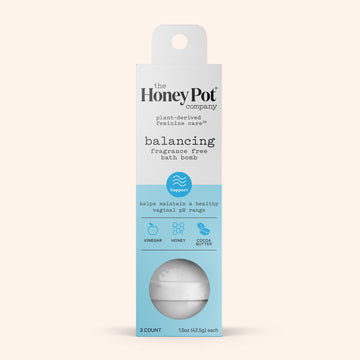
Wellness
PMS & PMDD
It’s the end of the week, and you realize you’ve felt bloated and tired each day. Maybe you’re craving your favorite popcorn. Or you feel the urge to cry when that cute diaper commercial comes on. You can’t quite put your finger on it, but you don’t feel like yourself. Then, your period arrives and it all starts to make sense… you have been experiencing PMS.
So, what exactly is PMS? PMS stands for premenstrual syndrome. It refers to a collection of physical and mood symptoms that can occur each month before your period starts. Approximately 75 percent of women experience PMS one to two weeks prior to their menstrual bleed. Common physical symptoms can include breast tenderness, bloating, fatigue, headaches, or change in food cravings. Mood symptoms can look like anxiety, irritability, easy tearfulness, sadness, or decreased motivation. You may experience one of these symptoms or all. Some months, your PMS symptoms may be worse than others. In addition, your symptoms may look completely different to someone else’s symptoms.
As you may have guessed, the symptoms of PMS are triggered by the hormones that regulate your menstrual cycle. Estrogen and progesterone are two key players when it comes to telling the body when to ovulate and when to initiate menstrual bleeding. However, these two hormones can also affect other tissue in your body. For example, tissue in your gut can be sensitive to higher levels of progesterone, which leads to PMS symptoms like bloating, diarrhea, or constipation. Similarly, rising and falling levels of estrogen and progesterone can influence some neurotransmitters in the brain, particularly serotonin (affecting moods) and gamma-amniobutyric acid (affecting sleep). Do you ever notice breast tenderness before your cycle starts? Well, you can thank those fluctuating estrogen levels that stimulate your breast glands prior to the start of your period.
For some women, the symptoms that occur prior to a period can be severe and have a serious impact on quality of life. For the 3 to 8 percent of women who experience this, they may have a more severe diagnosis called premenstrual dysphoric disorder (PMDD). PMDD is characterized by drastic behavioral and emotional symptoms that begin at least four to five days before the period starts and resolve within the first two days of bleeding. These behavioral symptoms include mood swings, anxiety, depression, and even suicidal thoughts. Quality of life can be significantly impacted as well, leading to negative effects on social and work life.
There are several options to help with PMS and PMDD. Certain lifestyle modifications can help to decrease those monthly bothersome symptoms. Exercise, good sleep hygiene, and meditation can help improve mood irritability and improve relaxation. Consider scheduling your favorite exercise routines the days leading up to your period. Put the cellphone away, throw on your eye mask, and make sure you get a good night’s rest. Leading up to your cycle, indulge in a bath to sooth away tense muscle and any stress. For bothersome GI symptoms, cut back on salt, alcohol, and simple carbs prior to your cycle to avoid bloating, diarrhea, or mood swings.
If you are struggling with more intense PMS symptoms or find your work or social life is being affected by PMDD, talk to your doctor for other options. Antidepressants and contraception are commonly used to help with symptoms. Certain antidepressants called SSRIs can be taken daily or cyclically the two weeks before your period starts. In addition, some oral birth control pills contain a specific hormone called drospirenone, which has been shows to be effective in treating PMDD. You are not alone and there are options.
For more information about PMS and PMDD or to find a culturally competent healthcare provider, visit our partner Health in Her HUE®. Health in Her HUE® is a digital network of culturally sensitive healthcare providers, evidence-based health content, and community support.







